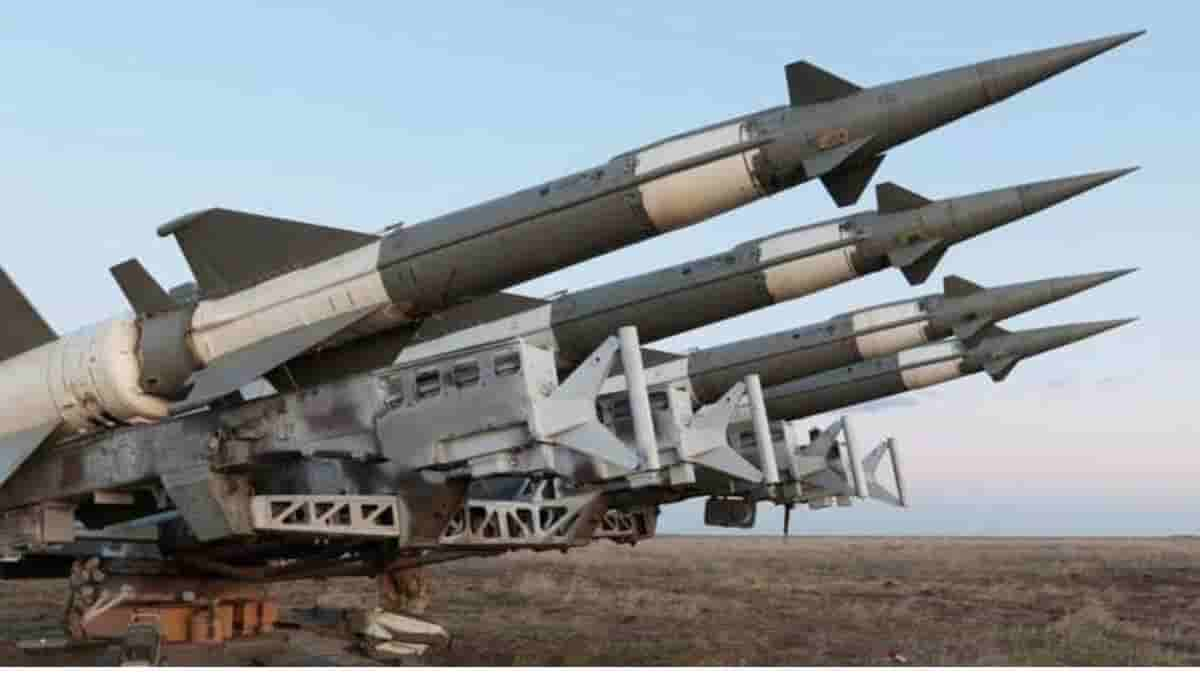Top 5 missile defence system of Ukraine

Kiev’s Missiles
The 500 modern fighters and attack planes the Russian air force might assemble for an invasion of Ukraine are more powerful than the outdated Ukrainian air force’s 125 remaining Soviet warplanes. It might be left to Ukraine’s ground-based air defences alone to repel Moscow’s aeroplanes if and when the Russians cross the border. However, Ukraine’s ground-based air defences are only marginally more effective than its air force. That presents a significant challenge for the Ukrainian government as Russian forces assemble along their border. There are a lot of surface-to-air missiles and cannons that Kiev received from the Soviet Union. These residues continue to serve as the system’s foundation thirty years later in Ukraine.
Tochka ballistic missiles
Some of the attacks were carried out by Ukrainian attack helicopters and “suicide” drones that were loaded with explosives. However, it is clear that many, if not the majority, of the Ukrainian deep attacks aimed at Russian logistical facilities, were launched by Ukrainian units using outdated Tochka ballistic missiles. We know this because, when its 1,000-pound payload detonates, the two-ton, 21-foot missile usually leaves some of its components more or less intact on the ground.
Harpoon missiles
A Russian supply ship bound for Snake Island was sunk in the Black Sea by Ukraine using Harpoon missiles. In response to Russia’s extensive use of long-range strikes in the conflict, the Pentagon announced $820 million in fresh military help for Ukraine. This aid will include cutting-edge mid- to long-range air defence systems and counter-artillery radars. The launch of the Ukraine Security Assistance Initiative’s procurement process for $770 million worth of equipment, including four additional counter-artillery radars and as many as 150,000 rounds of 155mm artillery ammunition, was signalled by the announcement of the National Advanced Surface-to-Air Missile System, or NASAMS.
Stinger missiles
After providing some 1,400 Stinger anti-aircraft missiles to Ukraine to reinforce the country’s defence against the Russian invasion, the U.S. Army has given Raytheon Technologies a $624.6 million contract to construct Stinger anti-aircraft missiles so that it may replenish its own stock. In order to successfully fend off Russia’s invasion, Stinger and Javelin have been in great demand in Ukraine. Since Russia invaded Ukraine, the Pentagon has delivered more than 5,500 Javelin anti-tank missiles and Stingers.
Himars missile
The M142 High Mobility Artillery Rocket System (himars), a missile launcher that can fire six guided missiles in rapid succession, is placed on a five-ton truck. According to reports, the US provided 16 Himars systems to Ukraine as part of its $9 billion (£7.47 billion) security assistance package. The M270, a missile-launch system provided by the UK and comparable to Himars and firing the same missiles, is also available. These have been delivered in three cases, and three more are on the way. Midway through July, Ukrainian forces began using Himars to obstruct Russia’s access to Kherson, a city in southern Ukraine that Russia now controls.


